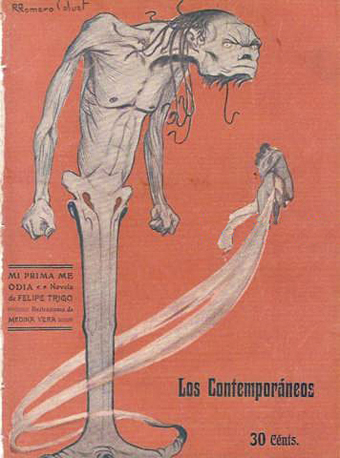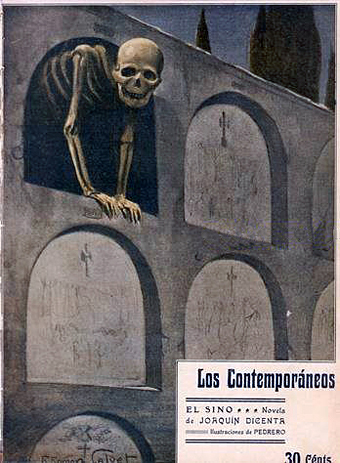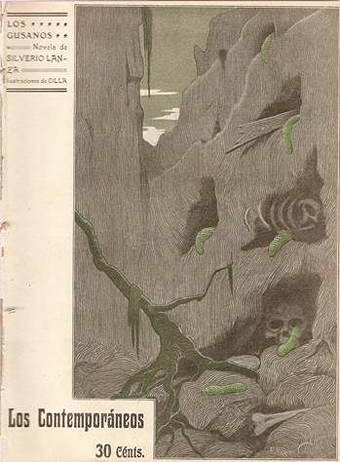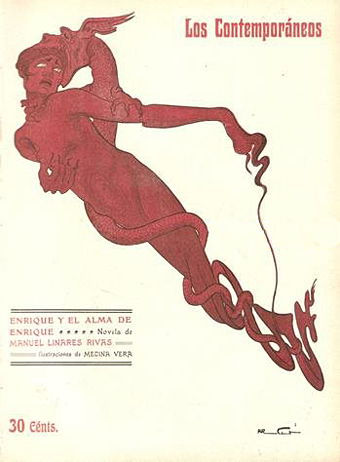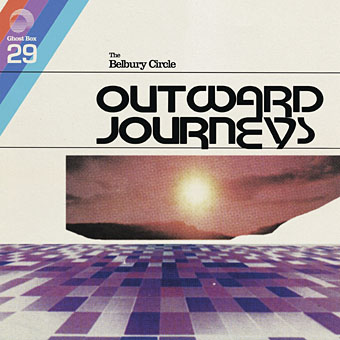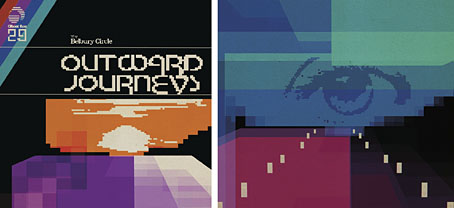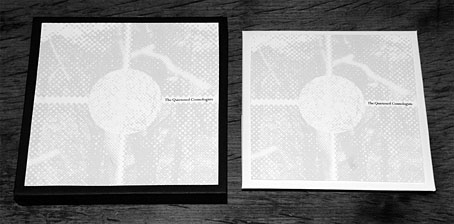
It was a coincidence, but the destruction last week of the Cassini probe in the atmosphere of Saturn parallels the theme of the latest music collection from A Year In The Country:
The Quietened Cosmologists is a reflection on space exploration projects that have been abandoned and/or that were never realised, of connected lost or imagined futures and dreams, the intrigue and sometimes melancholia of related derelict sites and technological remnants that lie scattered and forgotten.
It takes as its initial starting points the shape of the future’s past via the discarded British space program of the 1950s to 1970s; the sometimes statuesque and startling derelict artefacts and infrastructure from the Soviet Union’s once far reaching space projects; the way in which manned spaceflight beyond Earth’s orbit/to the moon and the associated sense of a coming space age came to be largely put to one side after the 1969 to 1972 US Apollo flights.
Track list:
1) Field Lines Cartographer — OPS-4
2) Pulselovers — Lonely Puck
3) Magpahi — Chayka
4) Howlround — Night Call, Collect
5) Vic Mars — X-3
6) Unit One — Voyages Of The Moon
7) A Year In The Country — The March Of Progress/Frontier Dreams
8) Keith Seatman — 093A-Prospero
9) Grey Frequency — Phantom Cosmonauts
10) Time Attendant — Adrift
11) Listening Center — Mlécný Perihelion Weekend
12) Polypores — The Amateur Astronomer
13) David Colohan — Landfall At William Creek
The Cassini expedition wasn’t a failed one, of course, but the destruction of the probe (planned from the outset to avoid space-junk wandering the Solar System) is a reminder of the realities of the Space Age, that this is a frontier with the same casualties and ruins as any other. The ruins of Britain’s own contribution to the Space Race—especially those like the abandoned launch-pad at High Down on the Isle of Wight—are all the more poignant for the gulf between their past ambition and present state of decay.
As you might expect, the entries on this collection tend towards the electronic, and there’s even an uptempo synth piece from Keith Seatman whose title—093A-Prospero—is a nod to one of the old British rockets. By way of contrast, David Colohan’s Landfall At William Creek sounds more pastoral unless you know that his title refers to the region of Australia where Britain’s rockets and nuclear missiles were tested during the 1950s and 1960s.
The Quietened Cosmologists will be released on 3rd October, and is available for pre-order now.
Previously on { feuilleton }
• Undercurrents
• From The Furthest Signals
• The Restless Field
• The Marks Upon The Land
• The Forest / The Wald
• The Quietened Bunker
• Fractures
